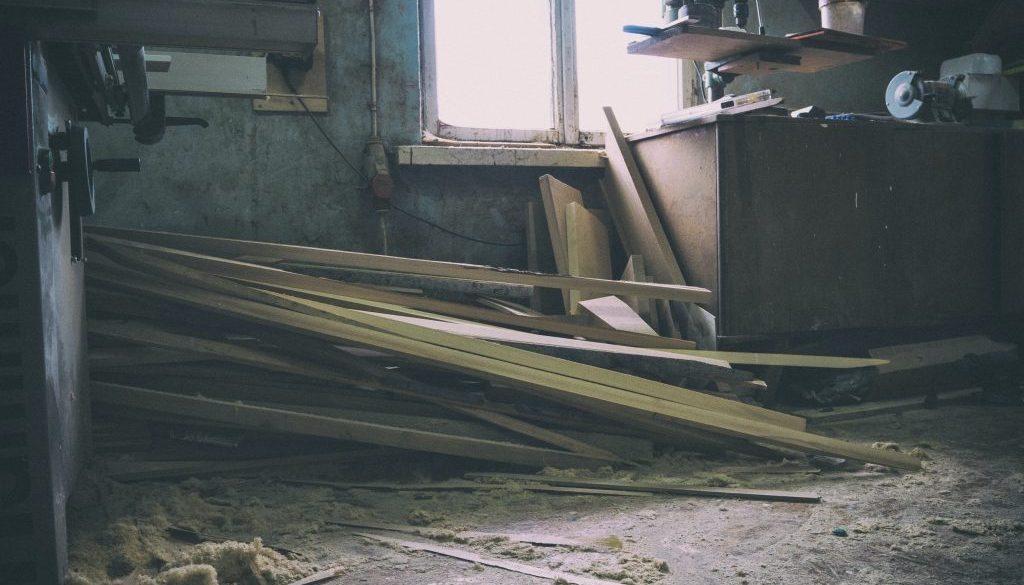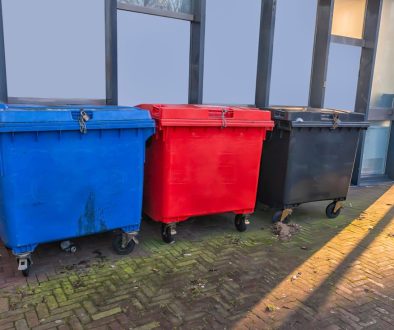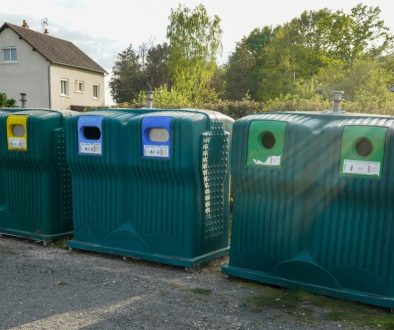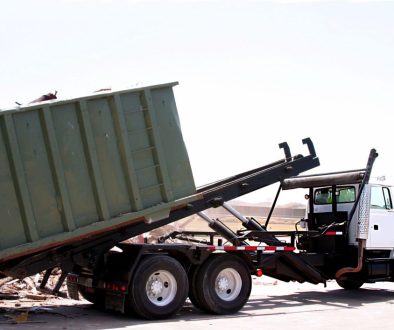Once your construction work is complete, you must adhere to guidelines for the disposal of any debris that may be left over. Depending on the situation, this may be part of your building contract, or you may be in charge. Regardless, it is essential to make sure that you’re taking the correct steps to prevent any legal problems or worse.
Types of Construction Waste
Construction waste is the materials that are generated from the building and renovation of structures. This includes wood, metal, plastic, glass, and other materials. Construction waste can be hazardous and needs to be sorted and disposed of properly. Identifying and classifying construction waste is important to reduce the environmental impact and potential for injury.
Several types of construction waste need to be handled in different ways, such as recycling or disposing of it properly. Here are the most common types of construction waste:
Concrete, Bricks and Ceramics
Construction waste, such as concrete and bricks, can be recycled by crushing it into smaller, reusable pieces. This process helps reduce the amount of material that must be sent to landfills and minimises the amount of construction waste dumped into the environment. After crushing, these materials can be reused for other construction projects, like paving roads or creating new structures. Recycled masonry products can also fill low-lying areas, improve drainage, or provide a strong building foundation.
Wood, Glass and Plastic
Construction sites generate various waste materials, including wood, plastic, and glass. These materials, if left untreated, are typically non-hazardous but can contain toxins. Wood waste includes chip wood, plywood, sawdust, and dimensional lumber. Plastic waste comprises plastic sheets, plumbing pipes, PVC siding, and Styrofoam insulation. Glass waste is generated from sizing glass shelves, door panes, and windows. These materials can be reused, recycled, or disposed of in landfills.
Metallic Waste
Metallic waste is anything made of metal, such as pipes, cables, and corrugated iron sheets. These materials may have been cut or sized to fit a certain area. However, suppose these metals contain toxic substances such as coal tar, oil, and other hazardous materials. In that case, they must be handled with caution as they can harm people and the environment.
Dredging Materials
Dredging materials are anything gathered or removed from a construction site during preparation. This could include trees, stumps, dirt, rocks, and other debris. These materials may be classified as construction or demolition waste based on whether they were taken from a previously existing building or a new construction project.
Paint, Sealants and Adhesives
Construction wastes such as paints, varnishes, sealants, and adhesives can be extremely detrimental if not properly managed. If these materials are not disposed of correctly, they can contain toxic components that can be hazardous to people and the environment. To avoid this, it is important to either reuse, recycle, or properly dispose of any leftover paints, sealants, and adhesives after a construction project is completed.
Insulation and Asbestos Materials
Asbestos is a mineral historically used for its insulating and heat-resistant properties. It can still be found in building materials such as roofing shingles, tile, gaskets, floor backing, boiler coverings and insulation. Although it is still used in controlled amounts, asbestos is a hazardous material that can harm people’s health if not handled carefully.
5 Steps to Proper Waste Disposal
Waste disposal is an important part of daily life. It is important to properly dispose of waste to prevent environmental damage and help keep our communities clean. Improper disposal of waste can lead to serious health and environmental risks. Here are five steps to take to ensure proper waste disposal:
1. Identify Hazardous Waste
Identifying any hazardous waste materials that need to be disposed of is important. These materials should be sorted from the other waste and disposed of correctly. For example, asbestos must be disposed of in a specific manner, and failure to do so can result in penalties. You should speak to your building contractor to understand what materials you may have, and if you are unsure about the correct way to dispose of them, your contractor can give you a starting point for advice. If you need more help, contact your local council and provide them with a list of materials you need to dispose of and the approximate amounts.
2. Confirm That Your Disposal Is Legal
It’s important to remember that trying to save time and money when disposing of materials can lead to hefty fines or even more serious penalties. It’s always a good idea to double-check with a professional or even your local council to ensure you are disposing of materials correctly. Doing this can help avoid costly fines and legal trouble.
3. Communicate Cleanup Needs with Your Contractor
It is important to be clear and open with your contractor about what tasks must be completed during post-construction cleanup. Have a clear plan of what needs to be removed and the necessary steps that need to be taken to complete the job. Make sure to communicate this to your contractor and guide them on what needs to be done and any priorities that need to be followed. Doing so will help prevent any unnecessary delays.
4. Consider Donation
If you have leftover materials from a construction project, you can get some of your money back by selling them or donating them to someone who can use them. Selling them through the market might help you get a good return on your investment, but donating them can be a way to help out someone in need. Either way, you can save time and effort by disposing of your materials in a way that benefits you or someone else.
5. Hire a Skip for Disposal
In some cases, it may be necessary to hire a skip for your construction job. Using the contractor’s skip may not be possible if the materials you need to dispose of are hazardous. In that case, you must hire a specialised removal company to provide you with a dedicated skip for the job.
Conclusion
Proper disposal of building waste is necessary to ensure a safe and clean environment. It helps to reduce the amount of pollution and hazardous materials that can harm the environment and human health. Plus, it makes disposal efficient and responsible. You can rest assured that building waste is disposed of properly and the environment is protected.
Enviro Skip Hire is your go-to waste management, skip hire and aggregates service for quick and convenient waste disposal in Congleton. We want to make the process of hiring a skip easier for all our customers, from business use to personal hire. We can help you with permits, a fast, reliable service with skips available in all sizes. If you need skip hire services in Congleton, we’ve got you covered! Get in touch with us now and let us know how we can help!




